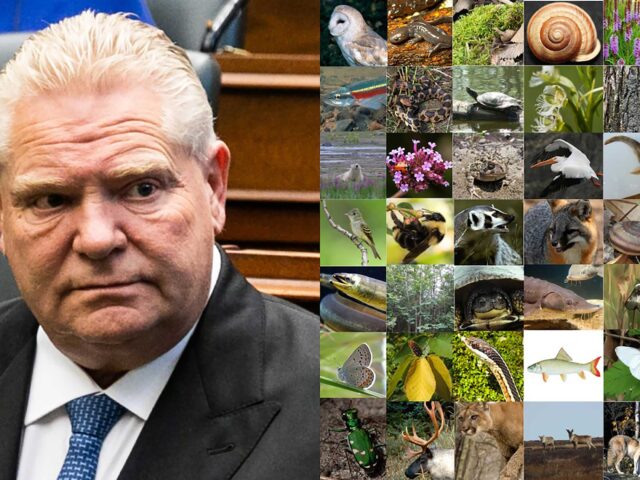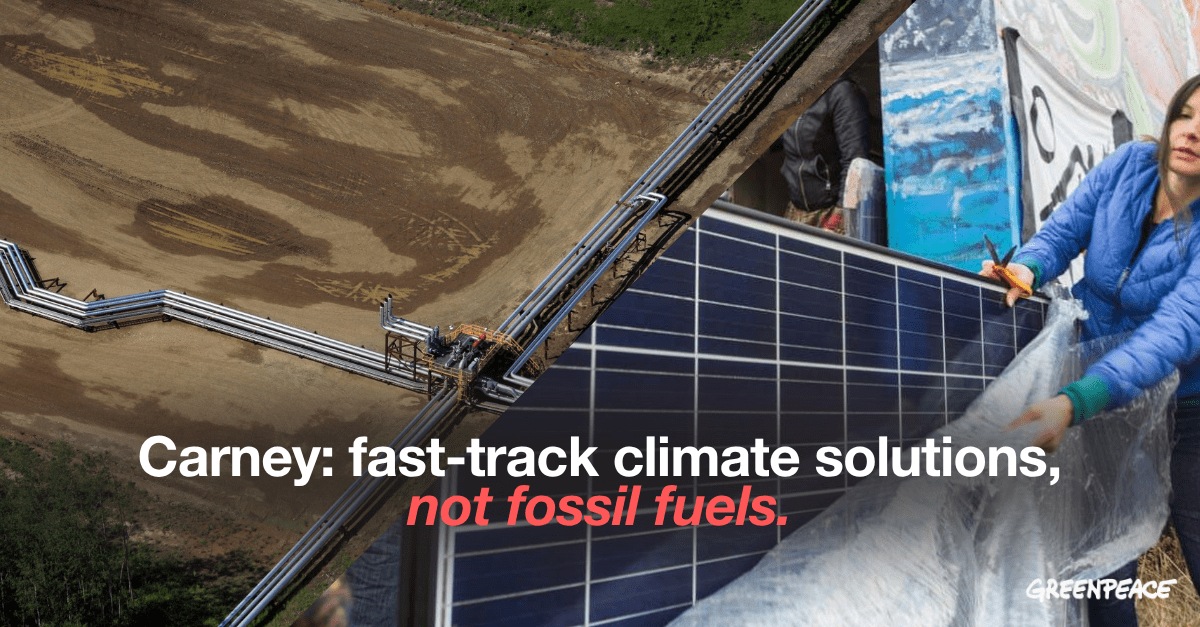- DEN Enews
- Posts
- DEN Enews
DEN Enews
Hello Summer!
It’s summer finally, the sun is shining and hope is restored….until we turn on the news. But despite so much negative happening, there is room for hope in the actions of people like you.

Our Healthy Coastlines Group on the Eastern Shore shared these photos of this dedicated coastal monitoring group. Camilo Botero offered this update as they identified beach and dune vegetation with incredible results.
From the unique flora at Black Duck Cove to the rare species at Fox Island and Torbay, each site tells a story. We’re testing our draft beach species guide with help from Prof. Patricia Guadarrama and Marine Biology student Christine Lim, and meeting inspiring locals like Little Dover and Moser River climate teams.
Other stops were Sober Island, the Wild Islands (Tangier), and Martinique Beach.
Camilo reports that Every stop—whether windy or sunny—has deepened our connection to these coastal ecosystems.

Camilo and the Coastal Monitors

And this vegetation is……..

Checking the draft species guide
Way to Go! Your care of the Eastern Shore coasts is inspirational.
+++++++
Hope comes in the gatherings of concerned citizens expressing their need to advocate, not just against a particular activity but FOR the Earth and a healthy environment.
These photos come with thanks from The Dirt Gang who gathered outside Minister Tim Halman’s office in protest of Uranium exploration. Many thanks to Rev. Marian and Rev. Lorraine Otto for representing DEN and the Anglican Church.



+++++++
We give thanks to Canada’s Indigenous people for their leadership in climate discussions and solutions. Click on the link above for more.
End times or turning point? It's our choice.
From the above newsletter:
With so much chaos in the world, the pull of some form of fatalism is understandable. It’s difficult to watch continued environmental destruction and to fight year after year against the many political and industrial activities wreaking ecological havoc.
We can counter the “end times” narrative by articulating our unwavering sense of responsibility to Earth’s future, each other and the myriad plant, animal, fungi and other species that fill the planet’s nooks, ocean waters, rivers, forests and fields with songs and colour.
+++++++
Jesse, one of our Advocacy Editors, tells us:
Last week, we passed 100 petitions collected this year!

with thanks to Eva Evans & Jesse Hamilton
Help repeal legislation that is a violation of the environment, democracy, and Indigenous rights! Bill 5 is legislation in Ontario that guts the Endangered Species Act, overrides Indigenous rights, and gives developers a blank cheque to bulldoze lands and waters, including protected areas. With this Bill passed, Ford wasted no time in declaring his first “special economic zone” in the Ring of Fire. This is an area approximately 500 kms northeast of Thunder Bay and known for its potential in chromite deposits and other industrial metals. Another thing it’s known for is being an irreplaceable environmental treasure and ancestral lands for over 24,000 Indigenous Peoples spread out in 34 small communities. This wilderness of trees, wetlands, lakes, and rivers is part of the planet’s largest intact forest. It is the continent’s main nesting area for nearly 200 migratory birds, and one of the world’s largest storehouses of carbon. Bill 5 means turning this vast region, and other areas, into unchecked development with no consent, no environmental rules, and no accountability. Use this petition to contact your political leaders and help protect our country from blind destruction at the hands of Bill 5.
Bill C-5 recently passed in the House of Commons and is federal legislation that would fast-track oil and gas mega-projects by exempting them from Canada’s environmental laws. This isn’t just a policy shift—it’s a giveaway to fossil fuel lobbyists. Instead of pouring public resources into climate-wrecking infrastructure, Canada could be building solar farms, expanding clean energy grids, and supporting resilient, low-carbon communities across the country. Powerful oil and gas companies are poised to benefit from this Bill, while Indigenous communities face the threat of having their rights ignored. Use this petition to tell Prime Minister Carney that Canada must protect nature, respect Indigenous rights, and invest in a renewable energy future—not more pipelines. Let’s create a fast-track process for climate solutions, not climate destruction.
PLUS
In 2023, Ecuadorians overwhelmingly voted to keep oil in the ground in one of the most biodiverse places on Earth - Yasuní National Park. However, the President of Ecuador ignored this mandate and the oil drilling continues. The government is now planning a new oil round that would auction off millions of acres of intact rainforest, including Indigenous territories. In California, a State Senator has introduced Resolution SR51 calling for an investigation of California’s role in being one of the largest U.S. importers of Amazon crude. This Resolution SR51 looks at what changes to state policies and practices can help preserve and protect the Amazon rainforest. Take a moment to stand with Indigenous Earth Defenders by urging California legislators to pass Resolution SR51 and by demanding that Ecuador cancel the upcoming Amazon oil round and end illegal drilling in Yasuní National Park.
A major UN summit is happening soon in Seville, Spain, that will bring together world leaders to debate on a tax for private jets and luxury air travel. While many of us worry about our carbon footprints, billionaires jet around the world in private planes. They do this tax free as aviation fuel isn’t taxed like the gas in your car. Leaders from Brazil, France, Kenya, and Barbados already support the idea of solidarity tax or “levy”. Spain and the EU are still on the fence. This petition is about guiding countries into action before the Seville summit. More than 100 billion annually can be raised without affecting regular travellers by taxing luxury, high-emission seats and ending the kerosene tax break for private jets. This money can be used to unlock real financing for climate justice and climate-vulnerable communities.
Did you know you can submit a name for a storm in the UK? Jesse found a movement of people trying to name them after oil giants and destructive companies. This was the list of suggested names: "Exxon, Chevron, Shell, BP, Aramco, Rosneft, Sinopec, TotalEnergies" Jesse was able to submit. How about you try?

with thanks to Claudia Zinck
Population and our environment
Nova Scotia has been suffering from underpopulation for years. We still have room to grow. That is not always the case elsewhere. Part of the climate change problem is caused by a high population. Everything on our planet is interconnected so a strain on one issue is a strain everywhere.
Overpopulation happens when the number of people in one part of the planet is using more than the environment can support.
As the population rises there is a higher demand for food, water, energy and housing.
Let’s start with clearing forests for farmland to feed the people. Less forests mean reduced biodiversity and more carbon dioxide in the atmosphere. Freshwater gets used up faster. Rivers are overused, which in turn harms the aquatic habitats and the wildlife that depends on them.
More people mean more waste. Plastic, chemicals and sewage end up in landfills, oceans and even our air. Cities and large populations suffer from air pollution. This pollution not only hurts humans but also affects wildlife and ecosystems.
As all these humans demand energy, more fossil fuels are burned, releasing greenhouse gases that trap heat in our atmosphere. As the atmosphere heats up, more severe weather conditions arise, ice caps melt, and sea level rises.
As people take over more land, there are less habitats for wildlife. Human settlements may push many species to extinction. The loss of biodiversity weakens ecosystems, making them less resilient to other environmental stresses that come along.
Having a larger population is not a bad thing. It is how this larger population affects and interacts with the rest of the planet’s resources that causes problems. With education and health care working side by side with sustainable living and conservation practices, there are fewer problems. We need a balance between people and the planet.
Which leads me to ……
Gardens

All those people need to be fed. Grandma had an idea. She even talked people into funding an experiment this summer.
Any experiment has a chance to fail. It just as easily has a chance to succeed.
Grandma always decides on her experiments when there is a chance for something good to happen; so good that it is worth the extra work involved. It will help either our home or our community.
So, what is Grandma up to? It’s the fog fence again. Hear me out.
Past experiments, even when they were away from trees and in a wind tunnel didn’t provide gallons of water. Grandma was thinking of large garden spots each needing several litres to gallons of water per day.
Mulching gardens reduced the amount of water needed. Using slow-release water bottles buried in the ground reduced the need for water. Community gardens are usually found in fields, far away from a water tap. They still need water.
If we want people to start gardening, we need to make it easy. Lugging water bottles into your garden plots is not easy
Grandma had thought out several places to put the new and improved fog fence this year. The rectory grounds may have a new minister who might not appreciate visitors checking the water each day. The old ball field needed “permission” to allow any new structure to be set up. This site didn’t have the wind. That site didn’t get a lot of fog.
Then Grandma was setting up the new community garden boxes last week. Someone said, “At least this wind is keeping the bugs away”. A light bulb went on! It always was windy here, day or night, even when the tides weren’t coming in. Memories of mornings at the centre always involved fog.
Then came that “brilliant” moment. OK, we will decide if it is brilliant, come fall. Make the fog fence right on top of my garden box. Instead of a trough to run off water, let’s put holes in the trough. The wind brings the fog to the slippery netted fence above the garden. Gravity pulls the water to the trough. Water drops through the trough to the well-mulched garden below.
It just might work!
HABA, the Hubbards Area Business Association, thought a fog fence was worth a try. If this works, and it is still a big if, expect the Diocese to be encouraging parishes to start their own community garden boxes far away from water taps.
Results will follow. Sending a pic of our new fog fence arrangements
Which leads me to…….
Did you ever build an ecosystem?
It’s easy and a bit of fun too. You will need little rocks, soil, moss, a bit of water and a big pickle bottle.
Arrange your bottle, lying on its side, with small rocks and soil covered with moss. Maybe a bigger rock somewhere or a bare patch of ground. I would even suggest a seed or two. Add a spoonful of water, not too much. Cover the lid tight and put it on a windowsill.
The first few days the bottle will be foggy but that will gradually clear. Inside your bottle is a tiny biosphere. Plants will grow and die and grow again over months or years.
My biosphere was put in a basement window in 2012. Dust had settled on the bottle preventing light from getting in. Without light, the moss lost its green colour. Right now my biosphere looks bad.
I can’t open the bottle. That would change the environment too much. This baby planet needs light and maybe warmth. It will make its own warmth when light hits the bottle. Hum. Maybe a space in the greenhouse, a corner to shelter from too great a direct light. (and it is coming back to life, slowly. Pics soon)
It is just a bottle with some soil and moss in it. What if this was a planet? What if we were an ecosystem inside a big pickle bottle, what would we need?
This is what a thriving ecosystem in a bottle looks like

See what you can make.
Something to eat
Nana and Grandma are trying new recipes. They plan to have a tea party. It will just be a few friends coming over for lunch, sometime this summer.
Nana found a dip recipe and mixed this up this week. (For those who know Nana’s health battle, I can claim she is feeling stronger these days) We just got out a box of crackers and spread the dip. Adding that to one of our shakes for lunch made a complete meal. So easy. So good.
Ham and Egg Dip
1 can flacked ham
2 boiled eggs
A squirt or 2 of mustard
1 or 2 spoons of relish
A dab or two of mayonnaise
Mince and mix
Serve with crackers and enjoy
Till next week, Grandma is sending hugs.

How is your Hope growing? Let us know!








